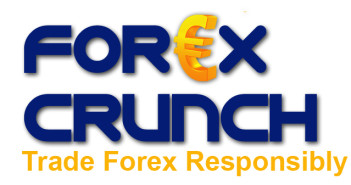The American job market gained 432,000 jobs in May, weaker than 524,000 that were expected. This disappointment is mostly due to weak hiring in the private sector. The unemployment rate fell to 9.7%, which is marginally better than predicted, but comes due to drop of people out of the available labor force. These results triggered risk aversive trading – EUR/USD reached 1.2016 following the release, before bouncing back to 1.2040.
Most of the rises are due to hiring in the public sector, as expected. The decennial census in held in May created lots of public jobs during the months that preceded the census, and the hiring reached a climax in May. But other components weren’t so good:
The disappointment comes from the private sector – only 41,000 jobs were gained there. This “core†figure is very far from a gain of 180,000 jobs that was predicted. Also the better-than-expected drop in the unemployment rate is due to the dropout of 322,000 people out of the available work force. No good news here as well.
EUR/USD didn’t wait for the Non-Farm Payrolls – it began the move down more than an hour before the release. Apart from tensions towards the Non-Farm Payrolls, the Euro suffered from the expiry of double-no-touch options in huge amounts. The reportedly locked the pair between 1.21 and 1.25.
The other reason for the Euro’s fall is the situation in Hungary. The Hungarian Prime Minister issued a statement that the economic situation is “graveâ€, blaming the previous government for covering up the real situation. Hungary doesn’t use the Euro, but it’s a member of the EU, and more importantly, it owes lots of money to countries and banks in Western Europe.
This risk aversion sent the Japanese yen higher as well. USD/JPY made a nice fall. The other majors and minors surrendered to the dollar, and played the classic risk aversion game, similar to the Euro – AUD/USD, NZD/USD, and GBP/USD are falling. USD/CHF and USD/CAD are on the rise.
Update: EUR/USD fell below 1.20…
Want to see what other traders are doing in real accounts? Check out Currensee. It’s free.



